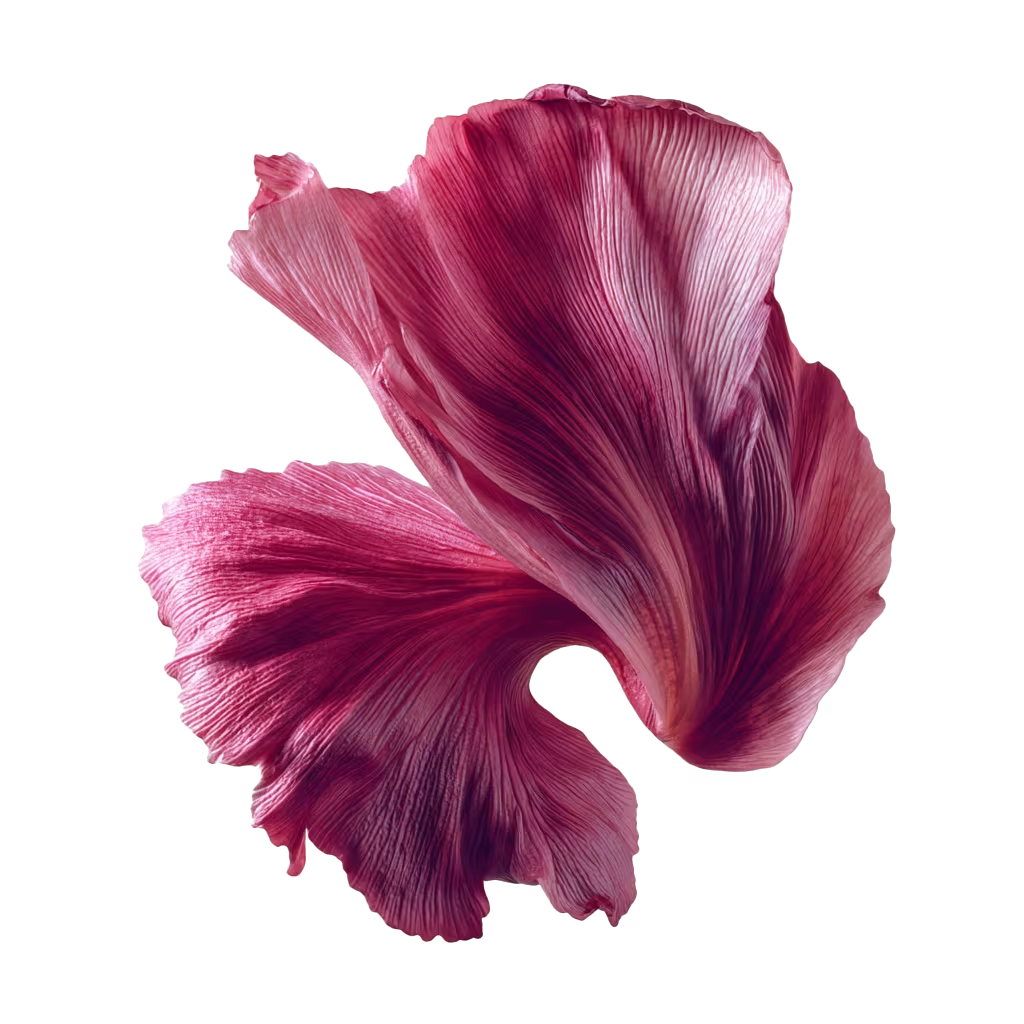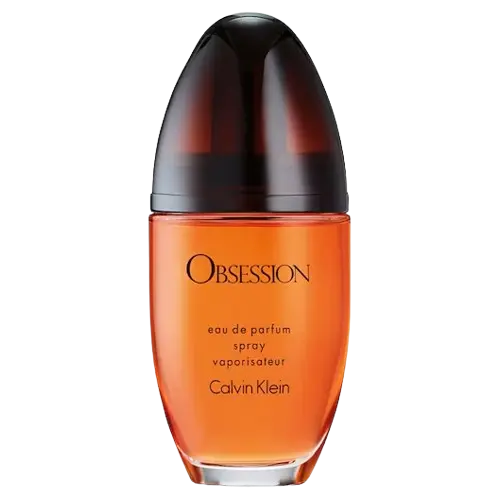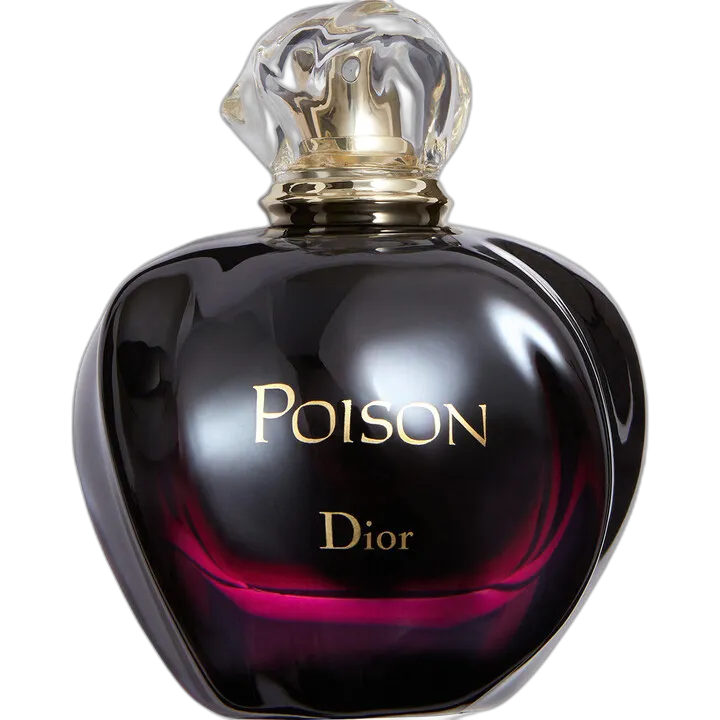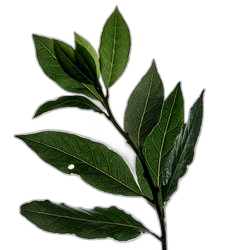floral
Rose
The rose is a flowering plant known for its beauty and its aromatic, complex scent. Roses belong to the genus Rosa, and there are over a hundred species and thousands of cultivars. They typically feature layers of delicate petals that can come in a variety of colors including red, white, yellow, and pink, each with its own symbolism.
The scent profile of a rose depends on its variety and growing conditions, often described as sweet and richly floral. Classic notes include nuances of fresh lemon and green, underpinned by deeper elements of honey, spice, or even musk, depending on the type. Some roses have a strong, heady aroma, while others are subtle and more gently fragrant.
Each type of rose has its unique scent characteristics, influenced by its terpenes (fragrant oils) composition. Commonly, the fragrance is most potent when the rose is freshly bloomed in mild climate conditions.
Rose scent has been celebrated in perfumery and aromatherapy for centuries due to its timeless appeal and various emotional and health benefits it is believed to provide, including relaxation and mood enhancement. The extraction of rose oil and rose water from petals is an intricate process that preserves the fragrant essence of this iconic flower.
Like this smell?
Discover your fragrance match by taking our quiz and exploring scents tailored to your taste.
Top fragrances using this Note












